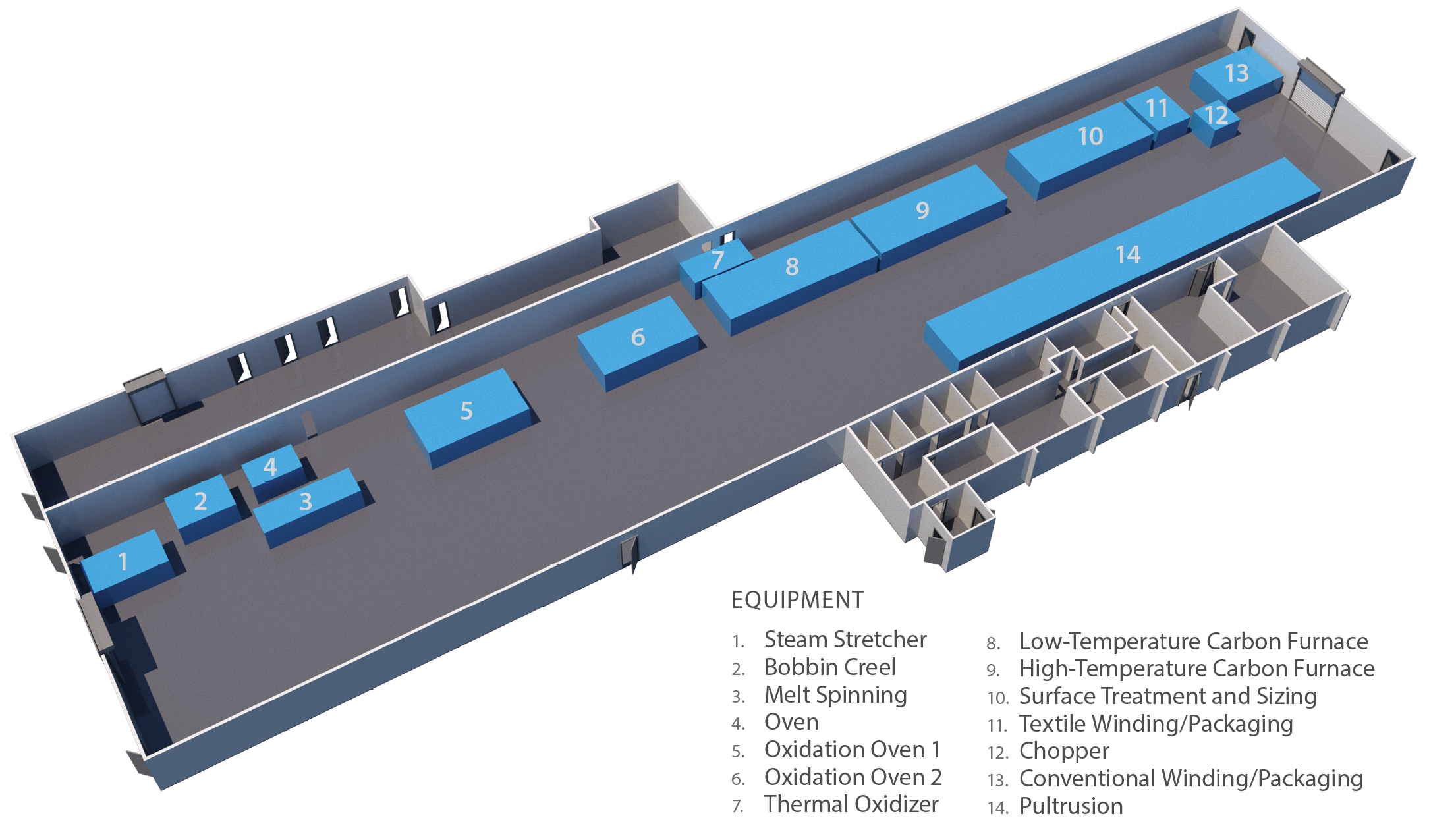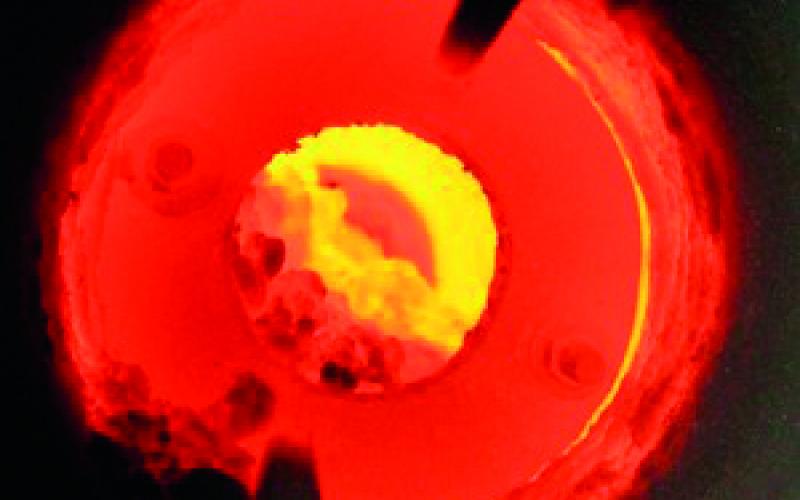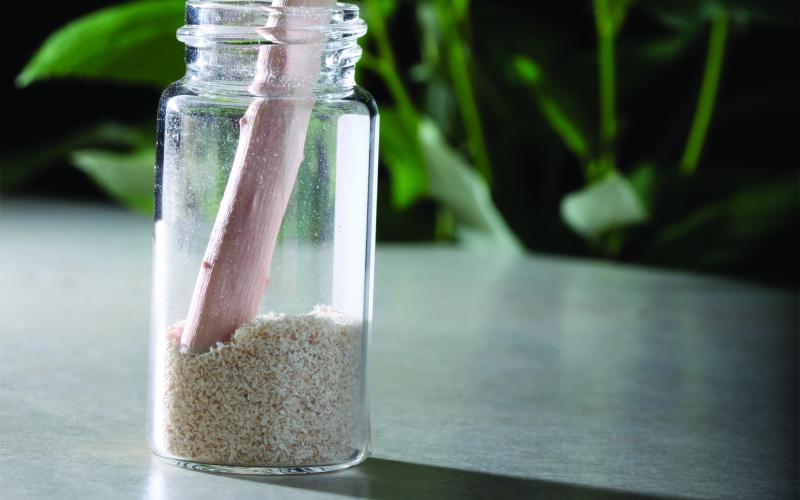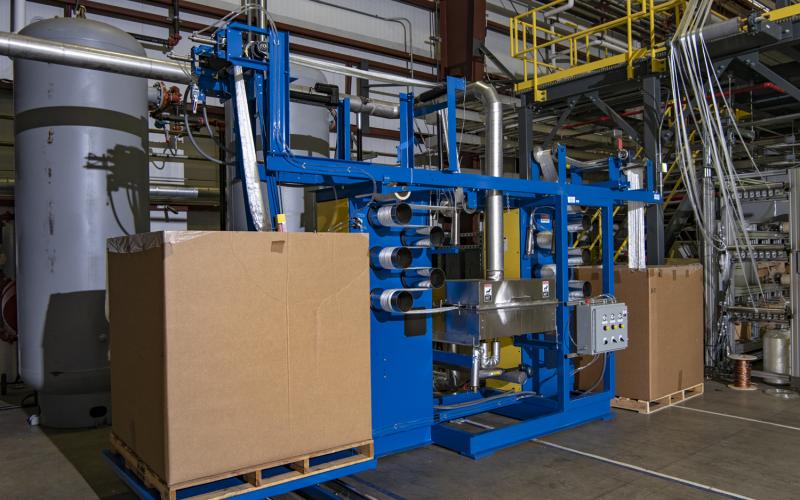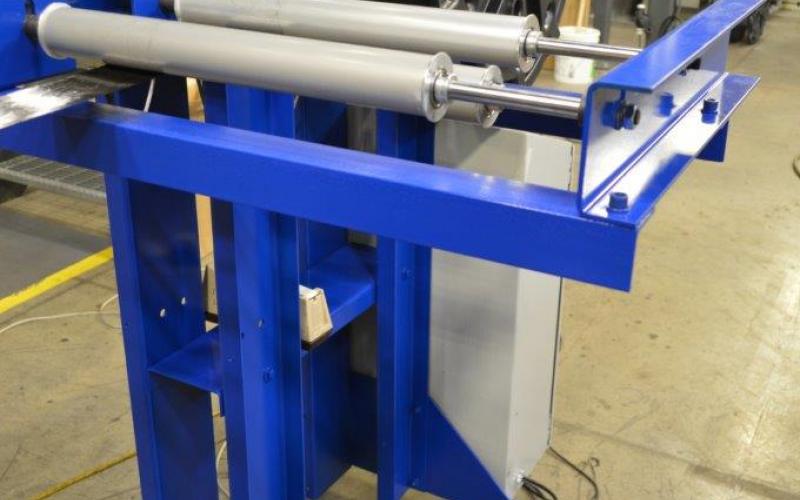
Advancing Carbon Fiber Manufacturing Technology
The Carbon Fiber Technology Facility, established in 2013, is the Department of Energy’s only designated user facility for carbon fiber innovation. The CFTF, a 42,000 sq. ft. facility, provides a platform for identifying high-potential, low-cost raw materials including textile, lignin, polymer and hydrocarbon-based precursors. Using the CFTF, ORNL is developing optimal mechanical properties for carbon fiber material, focusing on structure property and process optimization.
The facility, with its 390 ft. long processing line, is capable of custom unit operation configuration and has a capacity of up to 25 tons per year, allowing industry to validate conversion of its carbon fiber precursors at semi-production scale. The CFTF supports the technology development and commercial deployment of carbon fiber in the US for use in clean energy applications. Additionally, research focuses on further understanding the kinetics of carbon fiber manufacturing, energy consumption and environmental impact.


